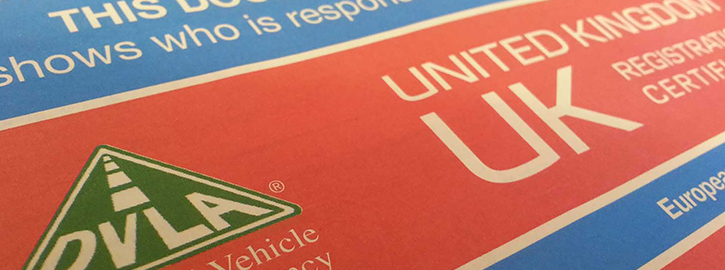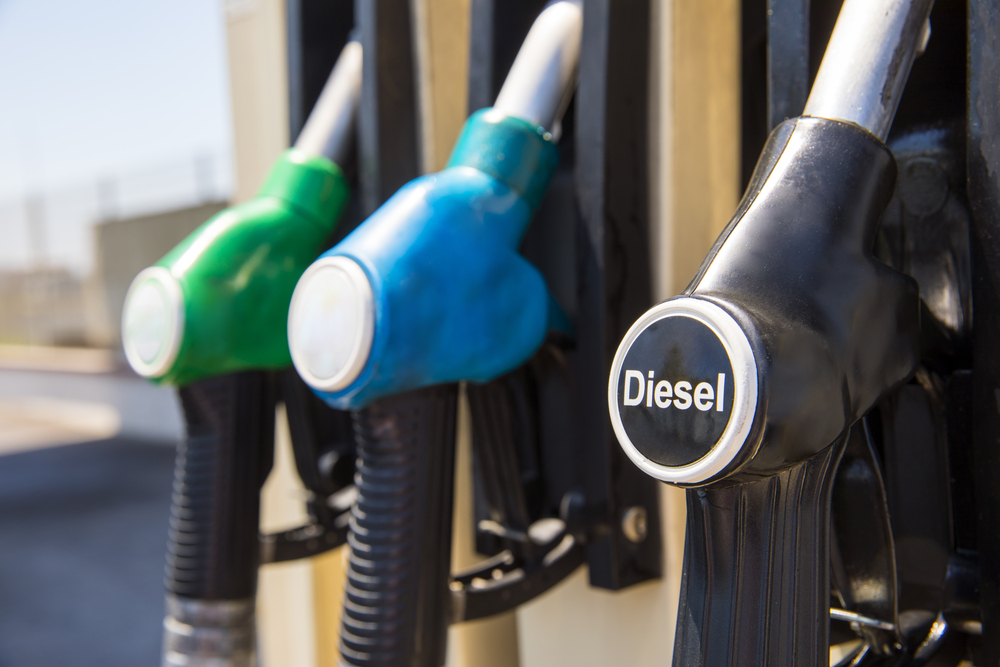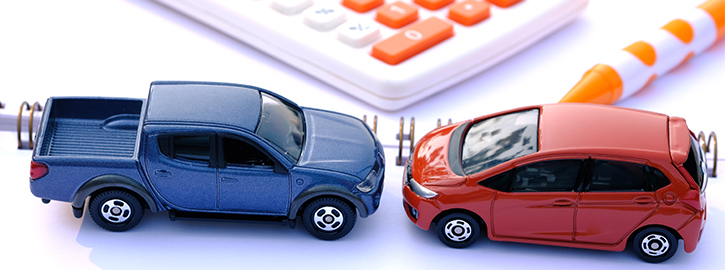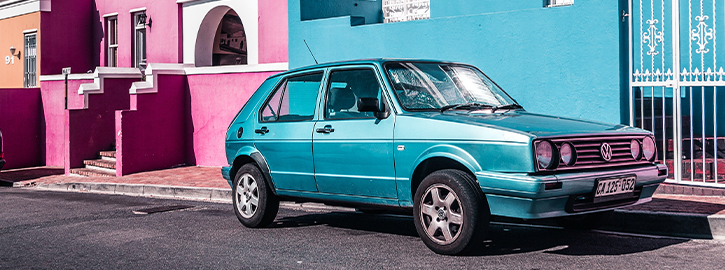How to Sell A Car
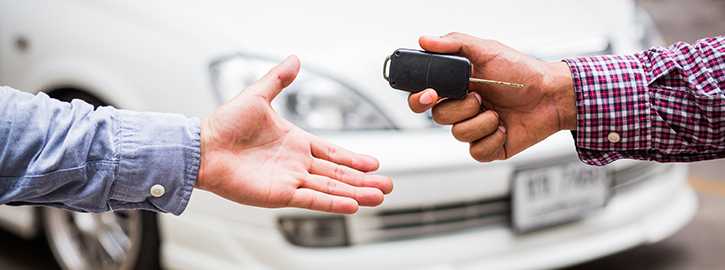
Selling a car can be a stressful experience, and that is why GoodBye Car wants to make the process as seamless as possible. Follow our guide to see what to do when selling a car!
How do I sell my car in the UK?
It can be difficult to know where to sell your car. Whether you choose to sell privately or to a dealer, as per the Government website, you should inform DVLA when you no longer own the car. You should research well, consider your priorities and choose whether you want to sell privately or to a dealer. This guide will take you through what documents you need to prepare, and any other questions you may have.
What documents do I need to sell my car?
These documents will typically be needed whatever way you decide to sell your car. When you arrive at your appointment with GoodBye Car we ask that you bring along with you:
- Vehicle documentation
- V5
- Service book, handbook, spare keys, locking wheel nuts, radio and key codes, Sat
- Nav discs etc
- MOT (if applicable)
- If there is outstanding finance, a letter from the finance company confirming their settlement figure and validity
- Personal identification
- Photo driving licence or passport
- One of either: a utility bill, bank or credit card statement, council tax statement (these must be in your current address and match the address on the V5)
- If you are NOT the registered keeper then we will require written authorisation from the registered keeper that you are authorised to sell the vehicle and the registered keepers photo ID
- Your UK bank details and/or that of the registered keeper
Do not worry if you do not have your V5, you may still be able to sell your car. You can also sell your vehicle if your car is damaged, or has a private plate.
How do I sell my car privately?
Selling your car privately is known to take more time and effort, but you may be rewarded with a better price. You can advertise your car a number of ways, from signs on the car to websites like Gumtree and AutoTrader. By law, you must describe the car and include these features:
- Colour
- Condition
- Mileage
- Your contact details
- List of equipment/taxes
- Full service history
- Exact make and model
- Year of manufacturer and registration identified
You will then want to negotiate the price with the buyer and decide if the payment is cash, bank transfer, or cheque or banker’s draft. Make sure you keep possession of the car until the funds have transferred and a banker checks the notes are genuine.
After the sale, you need to complete essential paperwork. Write two receipts (one for you and one for the buyer) that includes the date, price, make and model, registration number, and you and the buyers’ names and addresses. Fill out the V5C document and send it to the DVLA, then you should hand over the car’s handbook, the keys, the service logbook, any receipts you have, and the MOT certificate. You should also keep a note of proof of the buyer’s name and address.
How do I sell my car to a dealer?
Selling to a dealer is often quicker and less hassle, and may be worth more money than you think. Enter your vehicle’s registration number into our car valuation tool to get your free instant valuation emailed to you from GoodBye Car in a matter of minutes. There is no obligation to sell your car with us at this point and there are no additional fees. With various locations across Scotland, we pride ourselves on fairness. Transparency and convenience. If you have any questions about GoodBye Car, visit our FAQ section.
How will I get paid for selling my car?
Payment will differ depending on whether you want to sell privately or to a dealership. If you sell privately you will need to agree with the buyer on the method of payment. If you sell through a dealership, payment will typically be made through bank transfer.
At GoodBye Car, payment will be made directly to your bank account within the next available working day after the sale. Please note this can take 3-5 working days to appear in your account. If you agree to sell us your car then you will leave the vehicle with us, so please ensure that you have made arrangements for your return journey.

